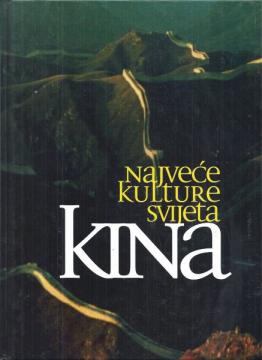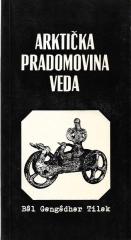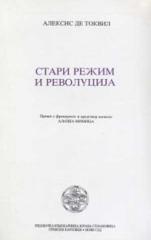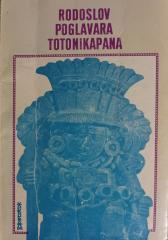
Najveće kulture svijeta 2: Kina
The Greatest Cultures of the World is a collection of eight books that talk about the world's great civilizations. The books were first published in Croatia in 2005 in Rijeka by the publisher Extrada d.o.o., but all eight books were also published specifi
Significant archaeological sites in the People's Republic of China have recently attracted the attention of the public again in the West. New systematic excavations in the past forty years have radically changed the entire history of Chinese art. The "Cultural Revolution", which had a disastrous effect on many social areas, did not leave a significant mark on this one. Chinese history is full of such fatal events with the most serious consequences. Political differences of opinion, which were often resolved by war, had dire consequences, especially in the artistic field. The construction of houses and palaces from light materials was many times the reason that only one source of fire could turn an entire city into dust and ashes, and with it all the artistic monuments, whether they were wall paintings, wooden sculptures or pictures rolled up in a scroll. The imprudence of some rulers caused additional losses. Thus, Emperor Liang Yuandi (reigned 552 - 555), ruler of a small empire in the south of China, had his large collection of art paintings burned when he decided to become a Buddhist monk. Such hanging and fateful destruction led to the fact that works of art made of transitory materials, and from the early dynasties, remained preserved in very small numbers. This sad picture has been changed in recent years by the achievements of archaeologists.
Multiple copies are available





